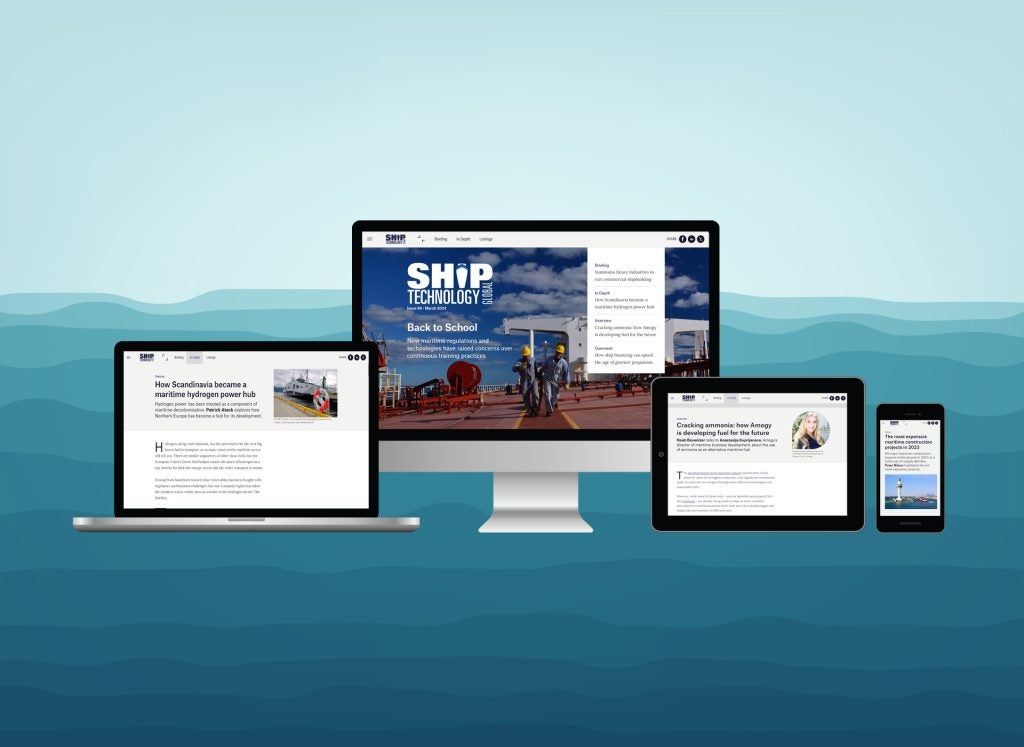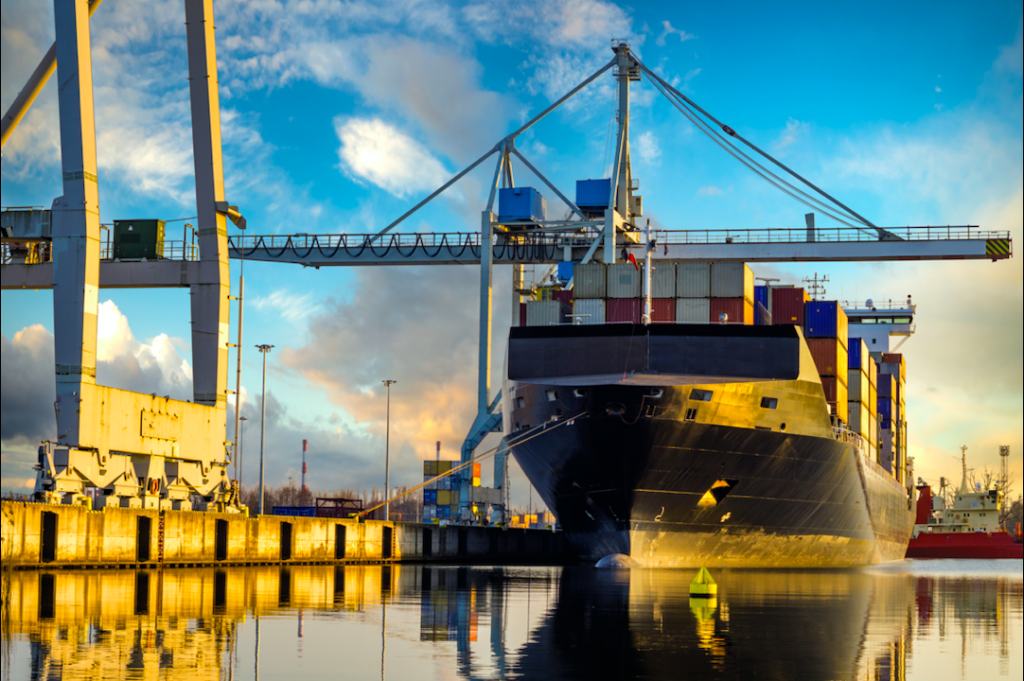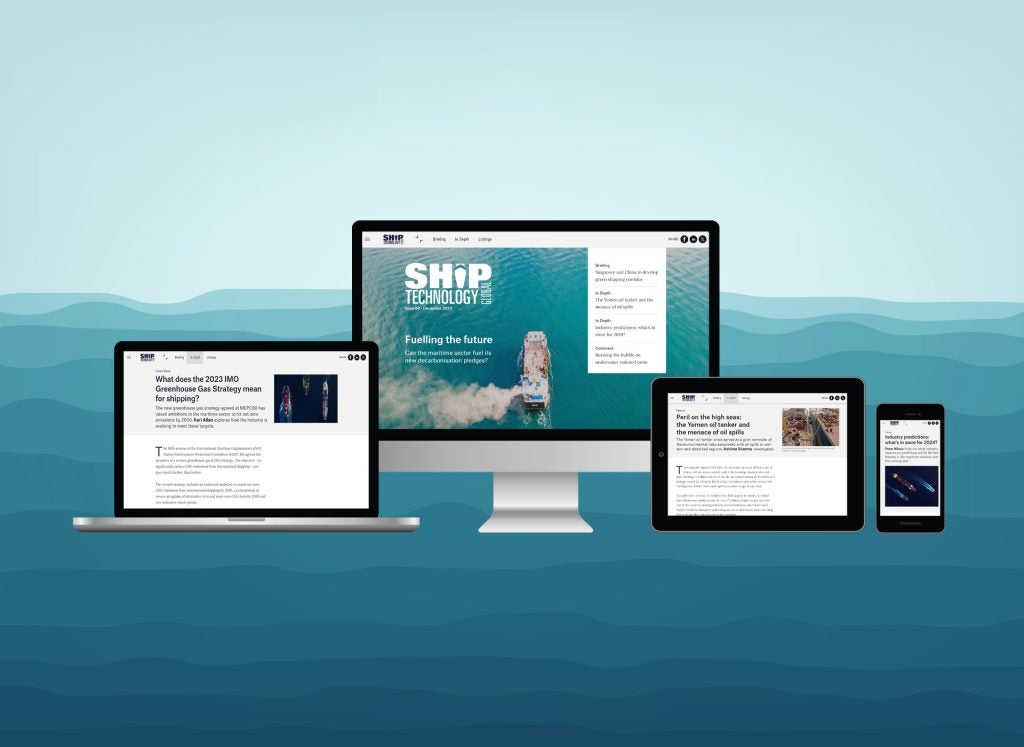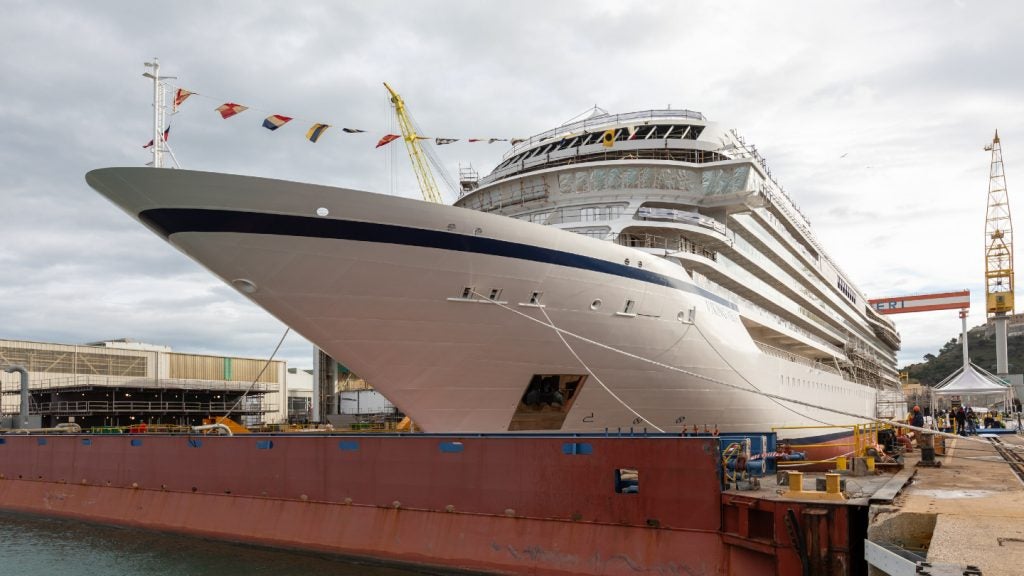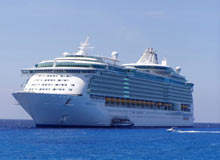
The overview across the industry is already depressing enough. The container ship market has been frozen for months, and events such as February’s sale of the 4,750teu NYK Procyon for 20% of its 2008 worth do little to steady already jangling nerves. Tanker operators have watched spot charter rates plummet to their lowest level in a decade – forcing some to face operating for less than break-even, and the world’s shipyards have seen order books dwindle amid a rising number of cancelled orders. Not even the cruise lines are immune; although they are generally faring well with passenger numbers holding up and deployment patterns remaining largely unchanged, returns are low.
There can be no doubting that the over-buoyant bubble of recent years has burst; the trick now lies in riding out the current storm – for however long it rages – although for some it will doubtless prove a painful and expensive business.
Cargo indications
Bulk transport has been an early casualty in a credit-crunched world where the call for commodities has taken a nose-dive – a situation which is further exacerbated by overcapacity and tumbling asset values. As a result, the Baltic Dry Index (BDI) is perhaps one of the best indicators of the magnitude of the financial crisis which has hit the shipping world.
Based on 26 routes and measuring the price of moving a range of dry bulk cargoes by Handymax, Panamax and Capesize carriers, movement in the BDI provides a ‘spin-free’ barometer of the true state of global trade, unsullied by national interest or political exigency. Moreover, since it assesses raw material movements rather than container ships of finished products, it offers an up-to-the-minute appraisal – making the BDI what the economist Howard Simons describes as “a very good leading indicator” for growth and production.
In May last year the BDI stood at an all time high of 11,793 points; by December it stood at 633 – a reduction of very nearly 95% and its lowest level since 1986. At the time of writing, some ground has been made up with the BDI recently breaking through the 3,000 barrier on the back of optimism over Chinese iron ore imports, and in these troubled times, any positive sign is a welcome one.
How well do you really know your competitors?
Access the most comprehensive Company Profiles on the market, powered by GlobalData. Save hours of research. Gain competitive edge.

Thank you!
Your download email will arrive shortly
Not ready to buy yet? Download a free sample
We are confident about the unique quality of our Company Profiles. However, we want you to make the most beneficial decision for your business, so we offer a free sample that you can download by submitting the below form
By GlobalDataNevertheless, a year on from that record-breaking high, a 75% downturn is scarcely the harbinger of an imminent recovery. In a poll of delegates at the Sea Asia conference held in April this year, a majority (84%) of its delegates said they believed the BDI will end 2009 at between 2,000 and 6,000 points; only 3% of those asked said they felt it would go any higher.
Port pressure
Reduced cargo volumes inevitably have a knock-on effect on ports. At the Port of New York and New Jersey alone, cargo traffic has fallen by more than 17% in the first quarter of 2009, compared with the corresponding period last year. This has led to an unprecedented spate of redundancies and enforced idleness for increasing numbers of longshoremen. Over the last 12 months the cargo volumes through Long Beach, Los Angeles and Oakland – which account for almost half of the US’s international trade – have dropped by a similar figure.
With the Panama Canal Authority reporting a 4.5% drop in tonnage passing through the canal in 2008 compared with the previous year and 2009 figures widely predicted to be worse, for all points of maritime commerce the picture is a largely consistent one. It now seems that even the buzz of activity at the very Chinese ports that buoyed up the BDI – and which seemed to be bucking the otherwise generally downward trend – is unlikely to last.
According to Galbraith analyst Maria Bitri, China’s record-breaking first quarter imports of iron ore are unsustainable and set to fall. Speaking at the end of May to the ACI Ship Finance and Economics Conference in London, she predicted a decline in the pace of imports from April’s peak of 57 million tonnes to nearer half that on average per month. Aside of putting a dent in current Capesize levels, it clearly fits with the Sea Asia prediction of a sub-6,000 BDI at year-end.
But despite the doom and gloom, there is some comfort for the beleaguered port sector. China Shipping, for example, is set to begin a major $85m expansion at the Port of Los Angeles – six years after it was first mooted – which will ultimately increase cargo handling capacity by 70%. State-run Mozambique Ports and Railways also has development plans in place. It is creating a new deep-water port to handle an annual total of at least 50 million tonnes of heavy cargo.
Survival of the fittest
The good news is that public-private partnerships are allowing private investors to invest in ports like never before. It may not be an option for all, but as Shirley Ybarra, senior transportation policy analyst at the Reason Foundation, explains, “cash-strapped governments should be looking to take advantage of these public-private partnership opportunities”.
For those involved, it is principally about playing the long-game, and represents a vital survival strategy for riding out the current crisis. The logic is simple, according to Highstar managing partner Christopher Lee. Highstar is a company that is about to invest $150m in the Port of Oakland. “Ports are going to be one of the first lines of the economy to turn when the environment improves,” Lee says. “We want to be ahead of the competition.”
Lee’s sentiments are echoed across the shipping industry as a whole. Everyone is talking about difficult times and sitting things out, but while an almost Darwinian “survival of the fittest” paradigm seems to be holding sway, many privately acknowledge that the future is far from certain and fear that the worst of the crisis lies ahead.



